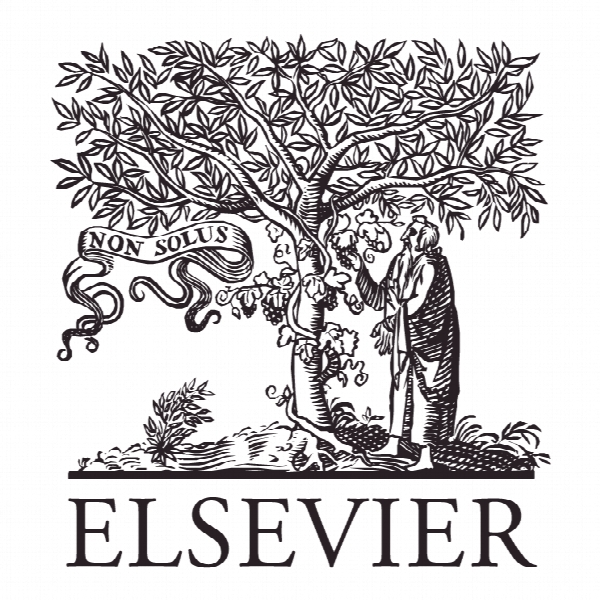تفاوت های جنسیتی در علایق حرفه ای دانشجویان مقطع کارشناسی ارشد: اهداف افراد Gender differences in STEM undergraduates’ vocational interests: People–thing orientation and goal affordances
- نوع فایل : کتاب
- زبان : انگلیسی
- ناشر : Elsevier
- چاپ و سال / کشور: 2017
توضیحات
رشته های مرتبط روانشناسی و علوم اجتماعی
گرایش های مرتبط روانشناسی صنعتی و سازمانی
مجله رفتار حرفه ای – Journal of Vocational Behavior
دانشگاه کانسیاس ایالات متحده آمریکا
نشریه نشریه الزویر
گرایش های مرتبط روانشناسی صنعتی و سازمانی
مجله رفتار حرفه ای – Journal of Vocational Behavior
دانشگاه کانسیاس ایالات متحده آمریکا
نشریه نشریه الزویر
Description
1. Introduction Women receive university degrees and are entering the work force in greater numbers than ever; yet they remain significantly underrepresented in most science technology engineering and math (STEM) majors and careers (National Science Foundation, National Center for Science and Engineering Statistics, 2013). Exceptions are in biology and medical fields where women have been well represented in recent years (National Science Foundation, National Center for Science and Engineering Statistics, 2013). Previous research has paid less attention to this fact, and consequently, this study examines two different theoretical approaches to explain why women are well represented in some STEM fields, but not others. One theoretical explanation is that gender differences in vocational preferences are related to interests in people and things (Graziano et al., 2012; Graziano et al., 2011; Lippa, 2005; Su et al., 2009; Woodcock et al., 2013). An alternative explanation for gender differences across STEM fields is offered by role congruity theory (Diekman & Eagly, 2008), which proposes that STEM careers are not appealing to women, in part, because they are not perceived as affording typically feminine communal goals, such as helping people (Diekman & Steinberg, 2013). Based on this theory, the greater representation of women in some STEM fields should be related to the perceptions that these occupations are more likely to afford communal goals relative to other STEM fields. The two explanations are similar in that they both rely on women’s desire to interact with or benefit people; however they differ in that people–thing orientation (PTO) proposes that socialized interests are a basis of gender differences, and role congruity theory proposes that socialized gender role norms that lead to gendered preferences for occupation goal affordances accounts for the gender differences. These two explanations are not mutually exclusive. But the degree to which these two explanations might overlap is not clear (e.g., “people jobs” might also be ones that primarily help people). There is no research (to our knowledge) that has examined the relations between the two.


